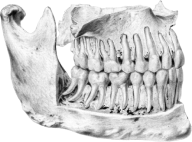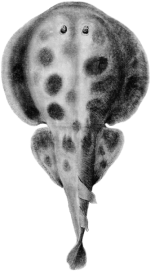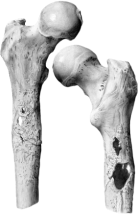
Introduction to the Museum Collections
A journey through the museum begins with an introduction to the Royal College of Surgeons of England's museum collections.
The Hunterian Museum, with John Hunter’s collection of 14,000 anatomical specimens at its heart, first opened in 1813. Thousands of anatomy and natural history preparations, surgical instruments, models, paintings, drawings and other objects have been added since. This space displays highlights from these collections.
The Hunterian Museum, with John Hunter’s collection of 14,000 anatomical specimens at its heart, first opened in 1813. Thousands of anatomy and natural history preparations, surgical instruments, models, paintings, drawings and other objects have been added since. This space displays highlights from these collections.

Skeletons of a female and a male solitaire, 1847

John Hunter (1728–1793) by Sir Joshua Reynolds, 1786

Private Thomas Walker by Thomas William Wood, 1856



